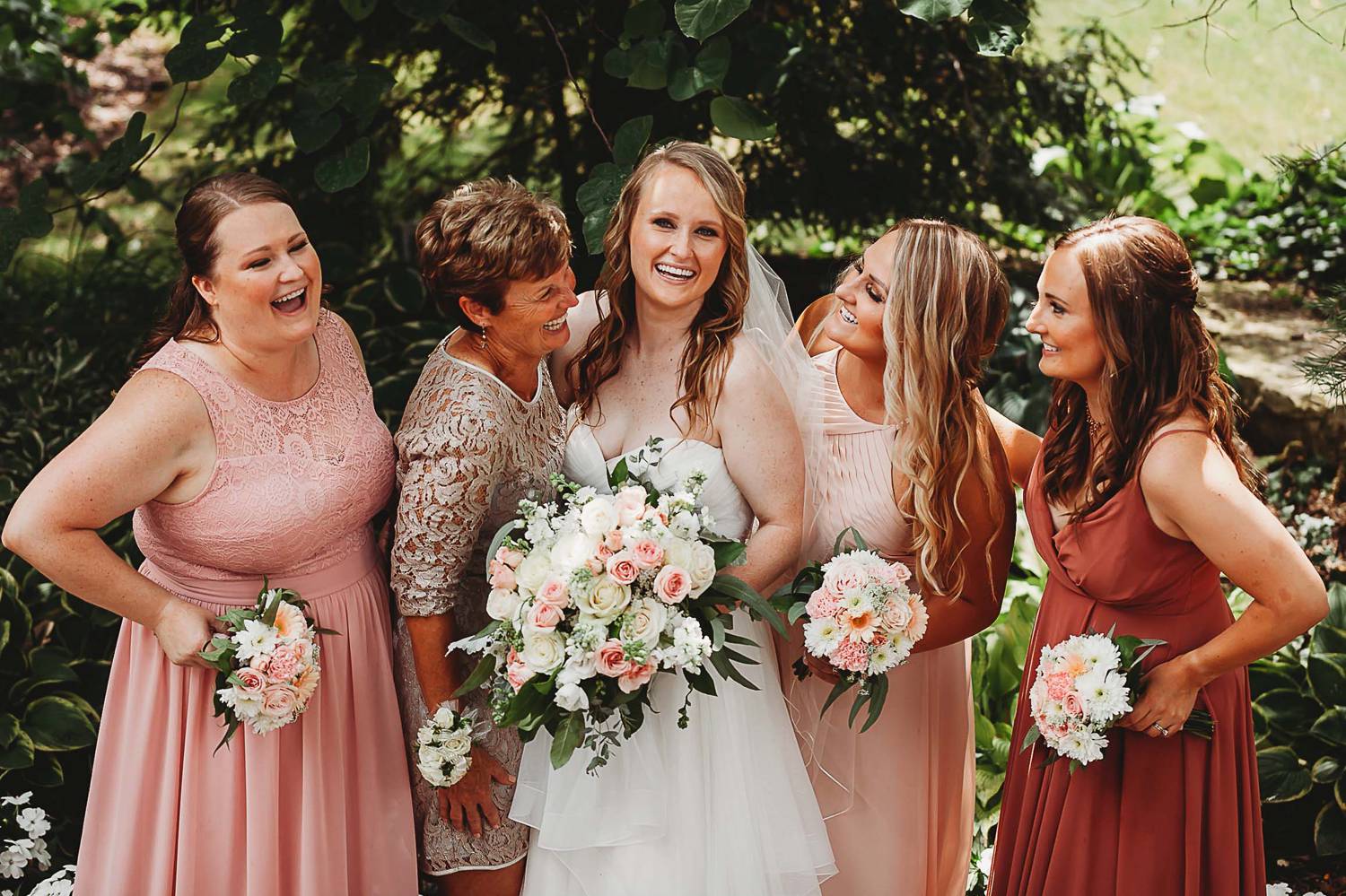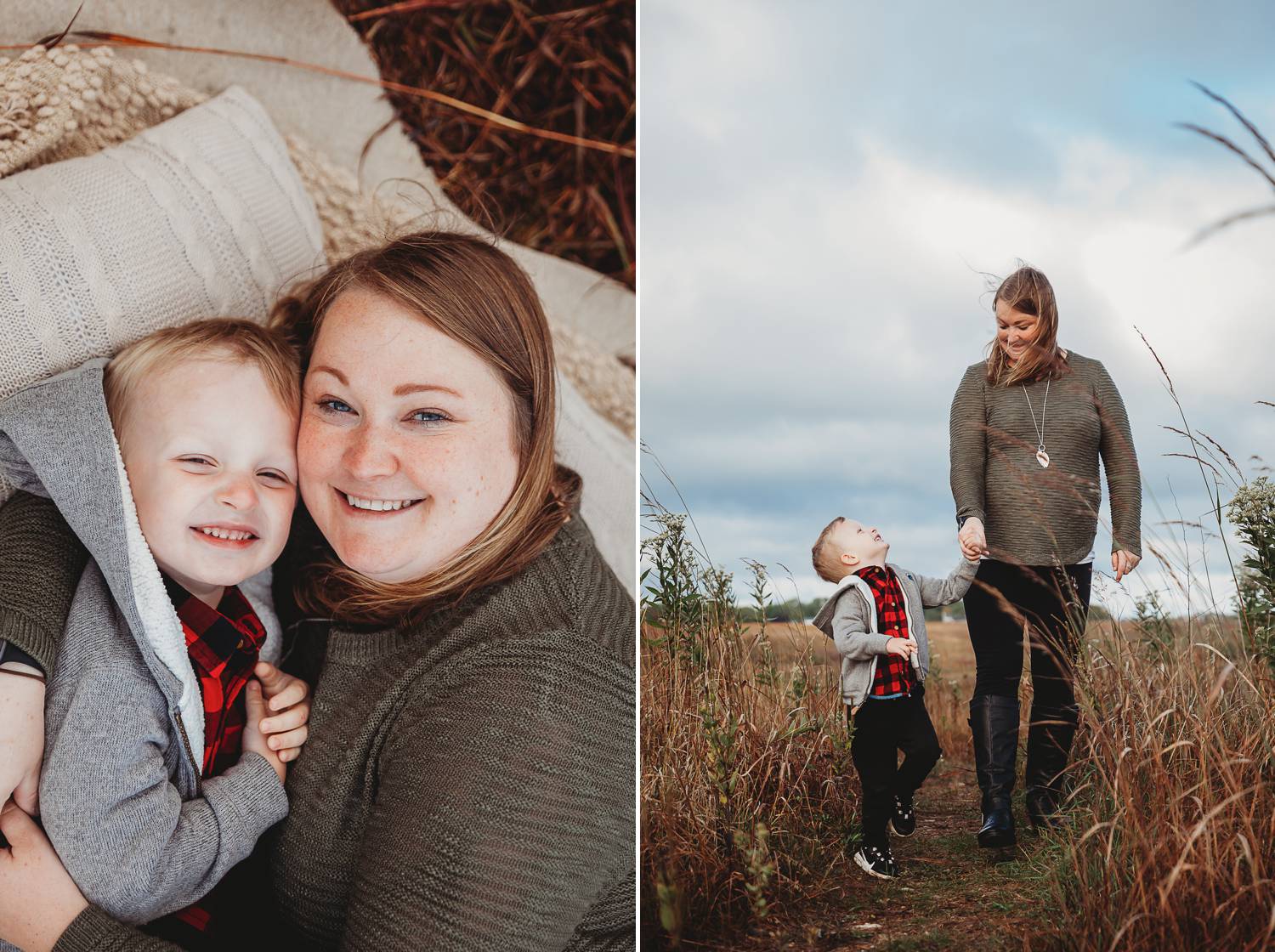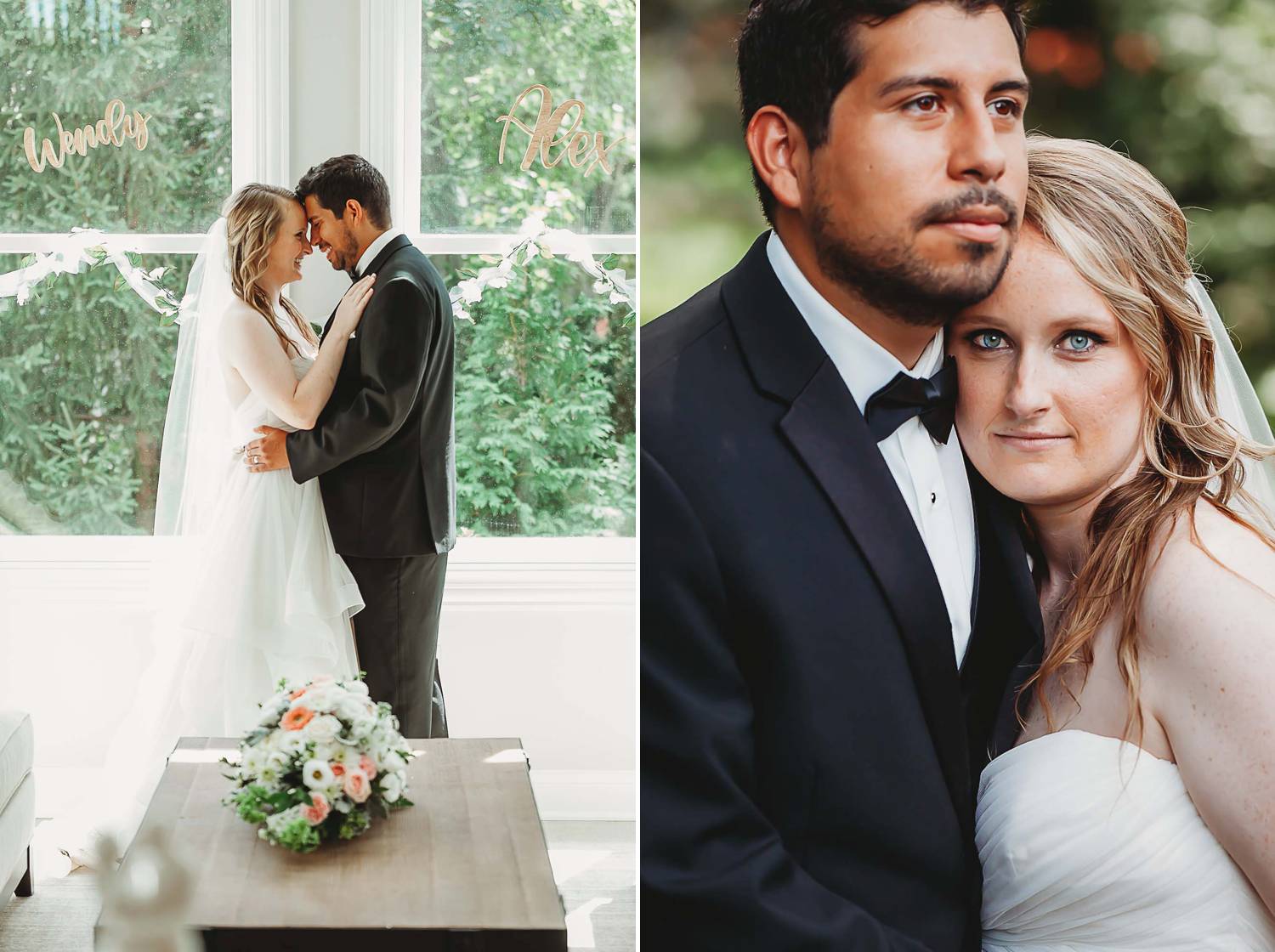
It’s your money. Control it! These six tips will help you master your $$$ and create a stress-free photography cash flow.
If your business is booming but your bank account is empty, it’s time for a change!
Do a quick Google search on the top challenges of a photographer, and among them is, “Your bank account will be empty.”
Maybe you’ve experienced this: you made a ton of money last year, but you look at your bank account and wonder, “Where did all that money go???”
The cash flow struggle is real
That’s one of the reasons why, in 2016, I launched Tidy Books, a virtual bookkeeping service designed exclusively for photographers. As a former photographer, I know that cash flow is a very real struggle for many photographers. It can feel overwhelming and even embarrassing to have a thriving photography business yet feel completely out of control with finances and have an empty bank account.
I would argue that, as a photographer, your bank account does NOT have to be empty. At Tidy Books, we work with dozens of amazing photographers who are extremely profitable and pay themselves a great salary.
Here are a few practical tips to take control of your money and your paycheck.

Kelly Frances Photography
#1: Plan for low income months
As a photographer, you likely experience the ups and downs of getting paid. You may have several high revenue months, followed by a very low revenue month. It can feel like you’re a small boat being tossed about by the waves of your bank balance.
While your revenue may fluctuate, your cash flow and paycheck don’t have to. When it comes to cash flow, you need to make sure that you can cover all of your monthly expenses, including your own paycheck, regardless of your monthly revenue.
In order to stabilize your small business, you need to have a plan in place for navigating the fluctuating nature of this industry.
Expect that your monthly income will go up and down, and don’t let that tank your business. Planning ahead for those low months will bring so much peace of mind.

Kelly Frances Photography
#2: Fill up your savings for three months
One important tool for navigating the highs and lows of your cash flow is to fund your savings account. We recommend filling it with enough for three months of expenses, for starters. Figure out your average business spending per month and multiply it by three. That’s your target number.
Think of it this way: if the worst case scenario hits and you go three months without any income, your business will survive.
Think of the peace of mind that comes with having a savings buffer in place!
Personally, I try to save this money in case of a true need. But I also allows myself to use it for a big investment, such as paying for a necessary software that gives an annual discount. Then I replenish the savings account as soon as I can.
You’ll want to make your own boundaries with your savings account. The bottom line is: create a three-month+ savings buffer in your business.

Kelly Frances Photography
#3: Cut your expenses
Will Rogers said, “The quickest way to double your money is to fold it in half and put it back in your pocket.” We know that often you have to spend money to make money. But the wisdom of this quote is that often we spend unnecessarily.
Perhaps a better way to manage income is to keep the money we already have, operate frugally, and scale slowly but consistently.
Photography business owners: do an audit of your expenses at least quarterly! Make a list of ALL recurring monthly or yearly expenses, then make a list of all other fluctuating expenses.
After you have your lists, go through each line item and ask three questions:
- Can I reduce this expense?
- Can I eliminate this expense?
- Can I turn this expense into a revenue source?
Chances are you have a monthly subscription that you have completely forgotten and need to cancel. Or maybe you can negotiate with a vendor for a reduction. Or perhaps your studio space could be turned into a revenue source.
The bottom line is, trim the fat and make sure your spending is justified.

Kelly Frances Photography
#4: Plan three months out
Once you have pared down your expenses, it’s time to lay out a budget. I recommend laying out a 12 month overview budget, and honing in on the next 3 months.
Start with budgeting your paycheck.
How much do you want to pay yourself monthly? (Don’t skip this step!)
Next, grab your monthly revenue projections based on the average of the last two-three years—this way it’s not a shot in the dark but rather an educated projection.
Now, enter your expenses and direct costs. You can also base these on the average from the last two-three years.
Once you have a 12 month overview in place, you’ll know what adjustments need to be made.
- Do you need to increase your sales goals?
- In certain months, will you need to launch a specific campaign?
- Do you need to cut an employee or assistant (not an easy decision)?
The key here is to make an overall 12-month plan and revisit the budget every three months to make adjustments and plan for success.
#ShootProofPRO Tip
Wedding and outdoor portrait photography businesses tend to be seasonally successful. Understanding those waves of success can help you manage your income and get through the slow months.

Kelly Frances Photography
#5: Visualize different cash flow scenarios
Just because you made a budget doesn’t mean that you’re good to go for the year. That’s where most people stop, and it gets them into trouble. You need to go a step further and actually lay out monthly scenarios and their long-term impacts.
Let’s look at a pretend cash flow scenario…
It’s February 1 and your bank balance is $8,000. According to your budget, your average monthly spending is $10,000—that’s your business expenses plus your own paycheck of $4,000. You’re projected to only be receiving $5,000 in sales throughout the month. Oh, and there’s that “surprise” $1,200 annual vendor payment you forgot about.
Where will that leave your bank balance at the end of the month? Pretty close to $0—and in the negative if any customers don’t pay. It leaves you sleepless and stressed throughout the month.
Now, how about a better scenario…
A better scenario would be that you consistently have two to three months of expenses in your bank account.
Let’s try this again. It’s February 1, and your bank balance is $20,000. Your total outgoing expenses are $10,000, including your $4,000 paycheck. You’ll be receiving $5,000 worth of customer payments by the end of the month.
Even if those payments get delayed until next month, you’re still good to go. No more sleepless nights!
#ShootProofPRO Tip
Use a spreadsheet or a software tool to detail out each month, and project your beginning and ending bank balance. If you keep two to three months’ worth of spending in your checking account, you won’t have to worry about overdrawing your bank account or going into debt just to cover monthly expenses.

Kelly Frances Photography
#6: Have a CEO day
Having worked with dozens of full-time photographer clients, I know that photographers typically don’t have a problem making money. The struggle is in managing and keeping the money.
You have to be proactive to make a good profit and pay yourself well. The power of budgeting and cash flow is in spending time strategizing each month—or at least each quarter. Plan a CEO day where you open up your budget and cash flow spreadsheets.
- Did you hit your goals last quarter?
- Do you need to make a plan to increase sales next quarter?
- Is your bank account on track to cover cash flow for the next quarter?
- Are there any unnecessary expenses you can cut?
- Can you give yourself a raise? Are you paying yourself too much?
- How much can you transfer to savings to hit your goal?
If you have trouble keeping the money you make, know that you are not alone. Don’t be afraid to reach out for help and accountability.
It is possible to run a photography business that gives you a fantastic paycheck, leaves money in your bank account, and empowers you to have the business of your dreams!
Written by TANYA HIRSCHY | Photographs by KELLY FRANCES PHOTOGRAPHY

